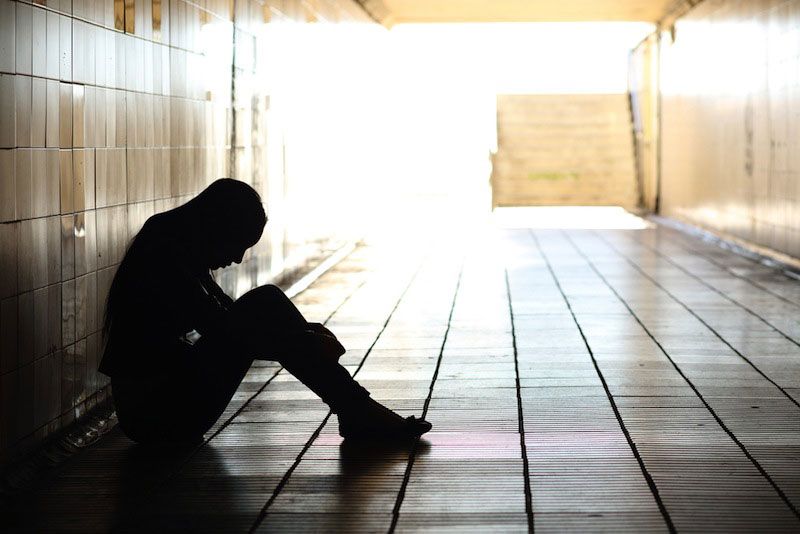Doctors Can Help Identify Child Sex Trafficking in US

Child sex trafficking crimes occur every day in the United States, and doctors can play a role in identifying victims, getting them care and ultimately preventing such crimes, researchers say.
Any sexual activity with a minor in exchange for money or something of value is considered child sex trafficking. Although the scope of child sex trafficking in the United States is unclear, such crimes "may be overlooked and under-reported because they frequently occur at the margins of society," said three experts, writing in an editorial published today (July 21) in the journal JAMA Pediatrics,
Doctors may encounter child sex-trafficking victims who are seeking medical attention for illness or injury, but medical professionals may lack the tools to identify this type of abuse, according to the editorial by Dr. Angela Diaz, of the Icahn School of Medicine at Mount Sinai in New York; Dr. Ellen Wright Clayton, of Vanderbilt University in Tennessee; and Patti Simon, of the Institute of Medicine and National Research Council in Washington DC. [6 Ways Sexual Harassment Damages Women's Health]
A 2011 study of human trafficking (which includes both labor and sex trafficking) victims in Los Angeles found that 50 percent of the victims said they had visited a doctor while they were under their trafficker's control.
Sex trafficking is linked with serious, prolonged and sometimes life threatening health problems, including physical trauma, risk for depression and suicide, and sexually transmitted infections, the editorial said.
Few health care facilities have practices in place to identify child sex-trafficking victims, and medical professional organizations do not have guidelines addressing how this should be done. Doctors should lead efforts to create and evaluate screening tools to identify child sex-trafficking victims, the editorial said.
Education on human trafficking should also be part of doctors' medical school and residency training, according to a second editorial published in the same journal, written by Dr. Aimee Grace, of Children’s National Health System in Washington, D.C., and Roy Ahn and Dr. Wendy Macias Konstantopoulos, of Massachusetts General Hospital.
Sign up for the Live Science daily newsletter now
Get the world’s most fascinating discoveries delivered straight to your inbox.
Ideally, doctors should be trained about the signs of human trafficking, as well as how to interview patients to identify human trafficking, how to report trafficking crimes and where to refer victims for services, Grace and colleagues said.
"Health care professionals are well-positioned to be first responders for victims of human trafficking who present to the health care setting," the editorial said. "Integrating curricula on human trafficking into medical education and residency training, as well as encouraging research that will provide the evidence base for continually informing and updating the content of these curricula, are examples of ways in which health care professionals can respond to human trafficking today."
Follow Rachael Rettner @RachaelRettner. Follow Live Science @livescience, Facebook & Google+. Original article on Live Science.

Rachael is a Live Science contributor, and was a former channel editor and senior writer for Live Science between 2010 and 2022. She has a master's degree in journalism from New York University's Science, Health and Environmental Reporting Program. She also holds a B.S. in molecular biology and an M.S. in biology from the University of California, San Diego. Her work has appeared in Scienceline, The Washington Post and Scientific American.











